#6: Ship Simulator
The blockage of Egypt’s Suez Canal in March shone renewed focus on just how many goods are shipped around the world and how fragile those routes can be. Given the shipping industry’s importance in the U.S., American planners must have world-class tools to prevent a comparable disaster from congesting American waterways. ERDC has operated a…
Read MorePodcast: Play in new window | Download
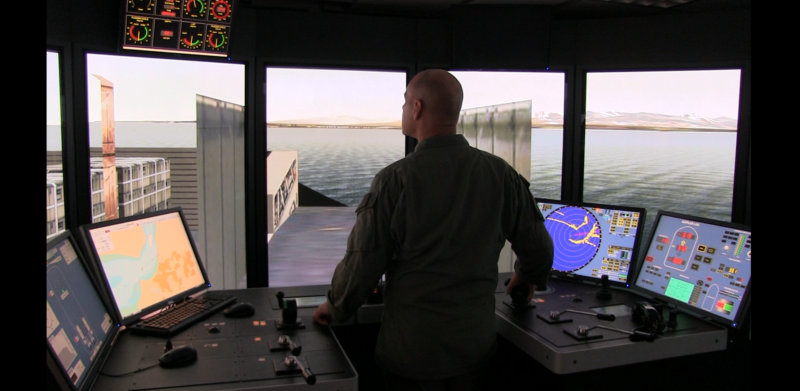

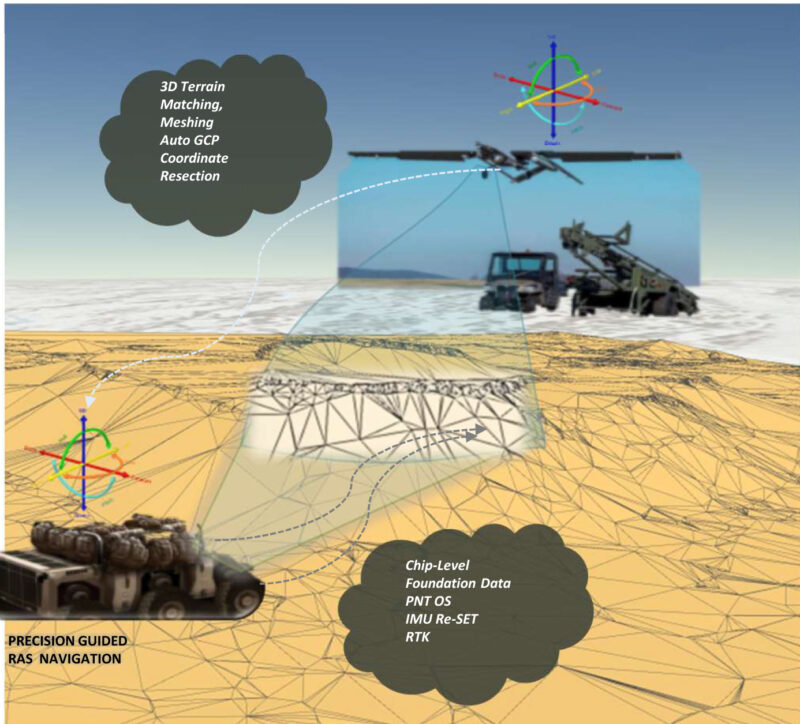


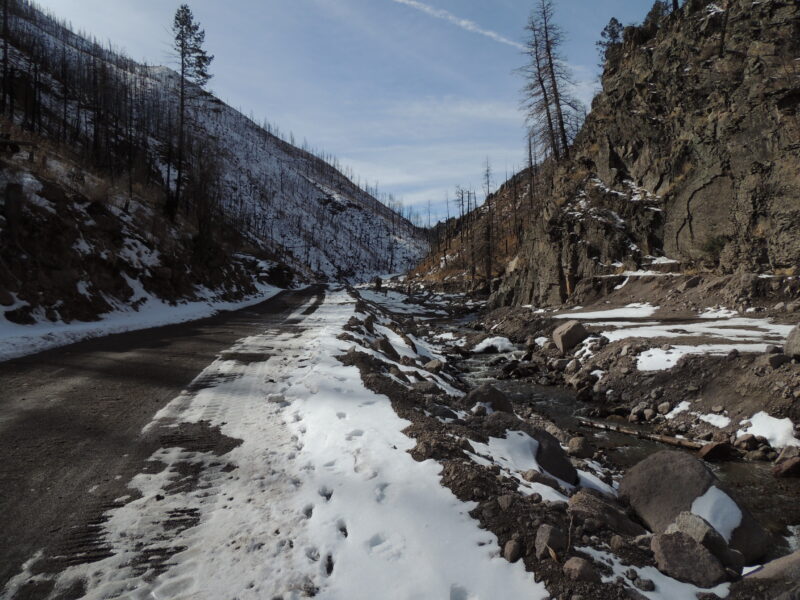

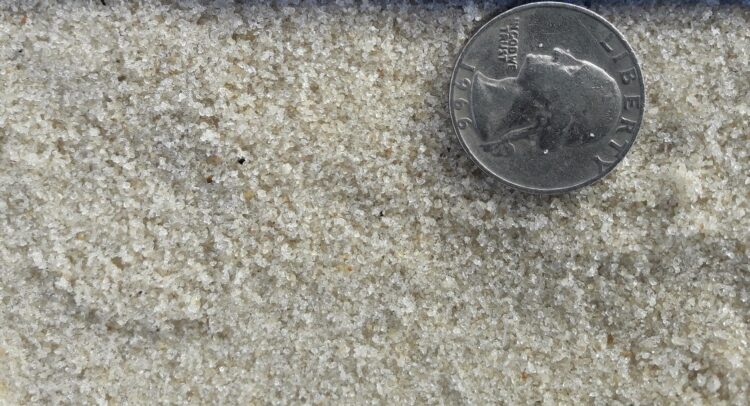

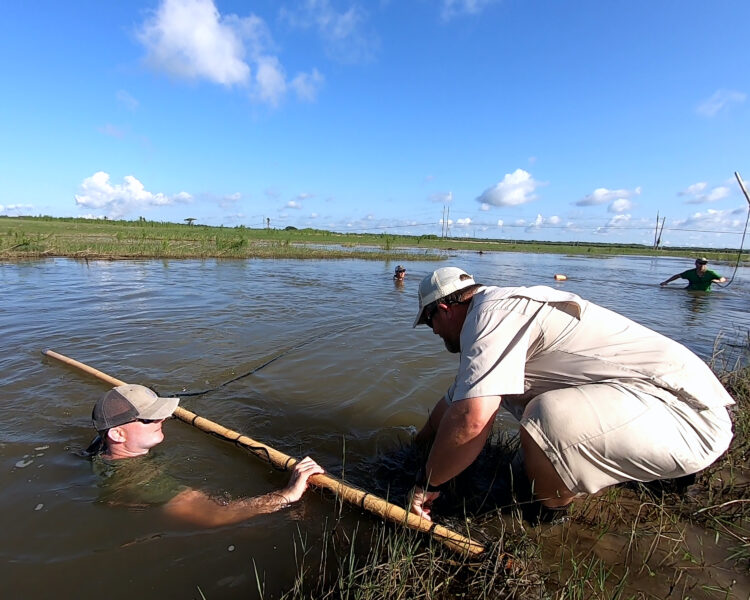
Recent Comments